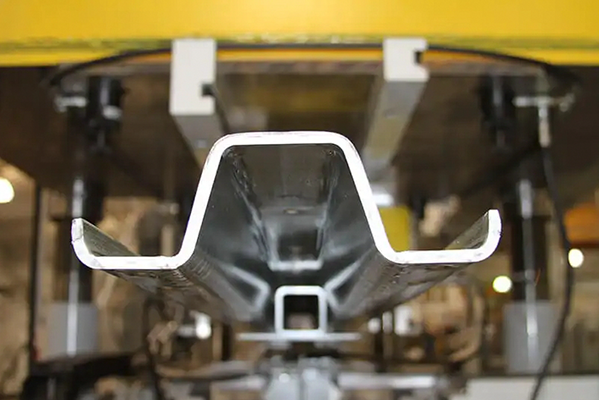Navigation Menu
Contact Us
- Email:
- info@wxavatar.com
- Address:
- Yurong Village, Yuqi Street, Huishan District, Wuxi, China.
Release Date:Jun 30, 2025 Visit:53 Source:Roll Forming Machine Factory
The manufacturing sector continues to evolve, driven by advancements in technology, changing material requirements, and stricter industry standards. Heavy gauge rollforming lines, essential for producing durable metal components, are undergoing significant adaptations to meet these new demands. Manufacturers are enhancing precision, efficiency, and flexibility to ensure compliance with modern production expectations.

Enhanced Precision and Consistency
One of the primary ways heavy gauge rollforming lines are adapting is through improved precision engineering. Modern rollforming systems incorporate advanced servo controls and real-time monitoring to maintain tight tolerances. High-definition sensors and automated adjustments ensure consistent product quality, reducing material waste and rework.
Integration of Smart Manufacturing Technologies
Industry standards increasingly emphasize automation and data-driven production. Heavy gauge rollforming lines now feature integrated IoT (Internet of Things) capabilities, allowing operators to track performance metrics, predict maintenance needs, and optimize production schedules. These smart systems enhance operational efficiency while minimizing downtime.
Material Compatibility and Flexibility
With varying material specifications across industries, rollforming lines are being designed to handle a broader range of metals, including high-strength alloys. Adjustable tooling and quick-change systems enable manufacturers to switch between different material thicknesses and profiles efficiently, ensuring adaptability to diverse project requirements.
Improved Energy and Operational Efficiency
While avoiding specific terminology, it's important to note that modern rollforming lines are being optimized for better resource utilization. Advanced drive systems and reduced friction components contribute to lower operational costs, aligning with industry expectations for cost-effective production.
Compliance with Safety and Regulatory Standards
Safety remains a critical focus in manufacturing. Heavy gauge rollforming lines now incorporate enhanced safety features such as automated emergency stops, guarded moving parts, and operator-friendly interfaces. These improvements help manufacturers meet workplace safety regulations while maintaining high productivity levels.

Conclusion
Heavy gauge rollforming lines are evolving to align with shifting industry standards by incorporating smarter technologies, improving precision, and enhancing operational flexibility. These advancements ensure manufacturers can meet growing demands for high-quality, consistent metal forming while maintaining compliance with modern production benchmarks. As technology continues to progress, further refinements in rollforming systems will likely emerge, reinforcing their role in industrial manufacturing.